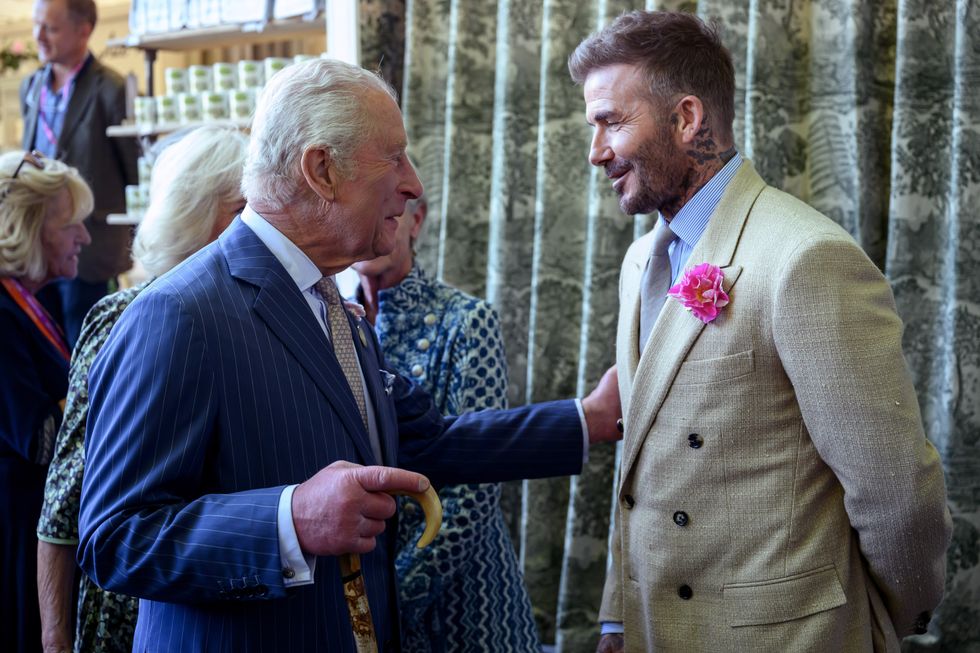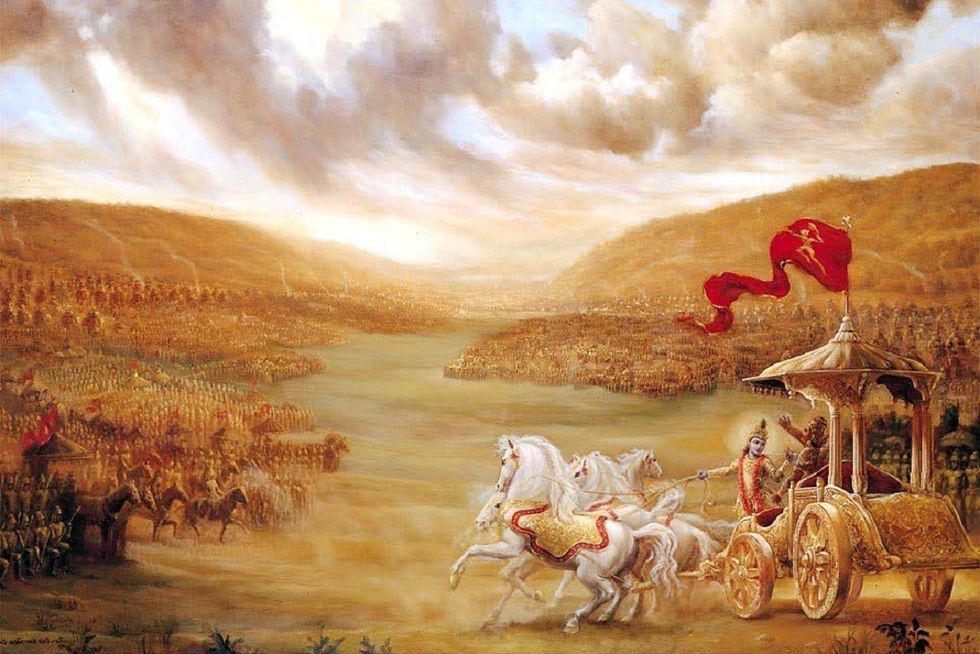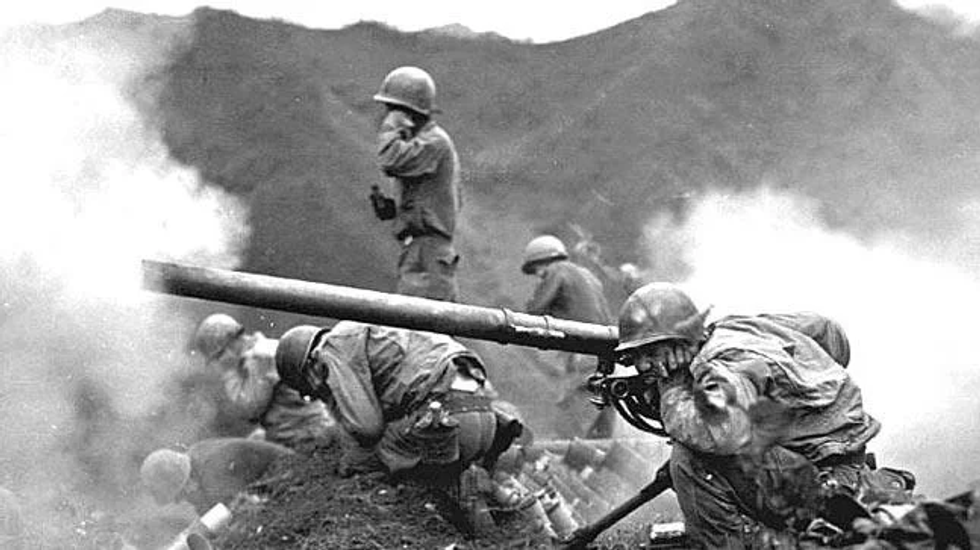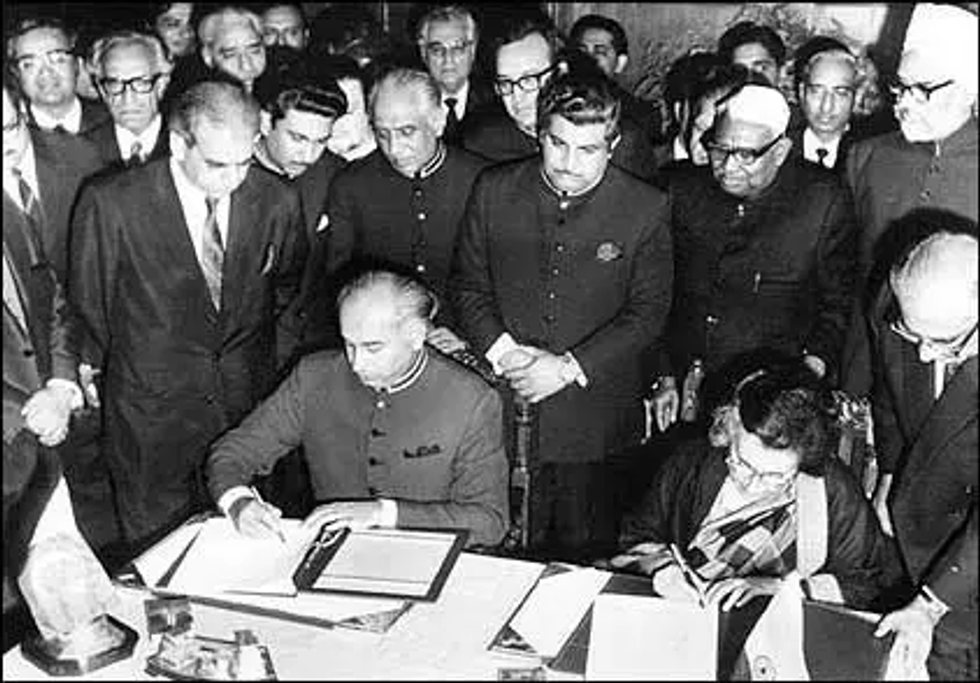By Raoul Walawalker
AFTER Black Lives Matters (BLM) protesters took to the streets worldwide following the death of George Floyd on May 25, the toppling of slave trader Edward Colston’s statue in Bristol should not have come as such a surprise.
But while several petitions to end the commemoration of slavery-funded facilities have been launched over the years, they have also been opposed by various parties – like a guild historically linked to slavery (the Society of Merchant Venturers) and councillor Richard Eddy, a former Conservative leader on Bristol City Council, who called the petitioners “historically illiterate”.
Eddy’s viewpoint comes from what has been termed the ‘whitewashed’ version of history. It only sees and celebrates benefits gained from the philanthropy of Colston and other businessmen and guilds linked to slavery – donations to local social and religious structures – while omitting the part of the narrative concerning black people.
The same whitewashing process is matched by the marginalising of BAME history in curricula, along with a consistently low representation of people from BAME backgrounds in teaching and academia.
And while the BLM movement has brought the subject of racial inequality into the spotlight, groups such as the Black, Asian and Minority Ethnic Educators Network say that for systemic racism to be tackled, it needs to be addressed at its roots – at national curriculums and staff diversity levels.
Bristol University acknowledged last year that it indirectly benefited from funds generated from slave plantation labour in the southern US states by as much as 85 per cent of its initial funding. It also appointed Professor Olivette Otele to a new role as ‘professor of the history of slavery’ in the university’s history department and Centre for Black Humanities.
The appointment of the black female academic is all the more significant when you assess the scale of under-representation of black staff in UK universities in senior jobs. Only three per cent of black academic staff at universities are professors, according to a University and College Union study. Overall, 84 per cent of academic staff are white, but 93 per cent of professors are white, as are 91 per cent of academic-related managers. Fewer than one per cent of professors hired last year were black. And while Black History Month was launched in 1987, even the most historically significant BAME people don’t feature on the curriculum.
Diversified teaching could start by looking outside the framing reference of the colonial period, exploring areas written about by popular historians like David Olusga and Onyeka Nubia. Similarly, the curriculum could adopt a neutral, less-doctored version of the colonial past, acknowledging that racism was integral to Britain’s ‘Empire.’
Meanwhile, despite diversity being acknowledged as a positive aspect of university education, it is likely to face major setbacks next year due to the combined impact of Covid-19 and post- Brexit immigration rules from January.
Students from outside the UK will now need to apply for a Tier 4 student visa and a separate work visa after graduating to remain in the country. They will also have to pay tuition fees upfront instead of spreading the costs through student loans, meaning many will have to find up to £26,000 per year to study.
When factoring in the impact of Covid-19 on choices made in light of new concerns over risks of studying overseas and travel restrictions, it is likely that universities may see related decreases in the number and diversity of students and staff.
While overhauling the history curriculum does seem long overdue, the horizon looks blighted by a new system favouring the wealthiest international students above all, with an overall decrease in foreign pupils and staff and less diversity, not to mention new funding challenges many universities could face.
Raoul Walawalker is a features writer for the Immigration Advice Service.















 David Beckham wearing a David Austin Roses "King's Rose" speaks with King Charles III during a visit to the RHS Chelsea Flower Show at Royal Hospital Chelsea on May 20, 2025Getty Images
David Beckham wearing a David Austin Roses "King's Rose" speaks with King Charles III during a visit to the RHS Chelsea Flower Show at Royal Hospital Chelsea on May 20, 2025Getty Images

 Kurukshetra battlefield illustration
Kurukshetra battlefield illustration
 Chanakya
Chanakya  Shimla Agreement
Shimla Agreement Kargil War 1999
Kargil War 1999
Tackling inequality and lack of diversity in education